If I had my druthers, I would not be sitting here at my computer — glancing every now and then at the gusts of snow swirling past my thermopane windows, and the naked maple trees struggling with the churlish winds … and feeling confined.
I would instead, be on my way to my home airport (YYZ) and from thence to the Southwest Florida International Airport (RSW) — “Gateway (sigh…) to Ft. Myers and Florida’s Gulf Coast.”
Why do I hear Peggy Lee’s sultry voice singing “Summertime, when the living is easy…”?
But I guess there’s no point moaning and groaning. I will however allow myself to slip into something comfortable and indulge myself in some winsome and warm memories.
“How wonderful are islands! Islands in space, like this one I have come to, ringed about with miles of water…. The past and future are cut off; only the present remains. Existence in the present gives island living an extreme vividness and purity… I believe we are all islands — in a common sea.” — From Gift from the Sea by Anne Morrow Lindbergh.
“The glad indomitable sea”
As Floridians and seasoned Snowbirds know well, Florida is a state full of surprises, and unexpected experiences. It is far more than the one-dimensional image we often tuck away on our mental hard drives.
And, as I discovered, Lee County on Florida’s Southwest Gulf Coast is a cornucopia of life experiences. As Anne Morrow Lindbergh reflects in her book — inspired by the seashells she collected on the beaches of Sanibel and Captiva Islands — this area is very much alive, on many levels and in many ways. The beaches of course are stupendous, but there is much more to experience as you move and think laterally in Lee County.
I have always found shell collecting a curious human behaviour; why would you spend long days walking the same or similar beach in search of more of the same? However, my visit to the Bailey-Matthews Shell Museum on Sanibel Island (an architectural gem) was all I needed to understand how shells have played a key role in ecology, medicine, literature, religion, art, architecture, and as a source of food. It also dawned on me why this kind of Zen-like activity is as much ritual as it is time well spent — returning to the sea. And I suppose we can pardon ourselves for taking much for granted when engaged in quiet blissful activity; it goes with the territory.
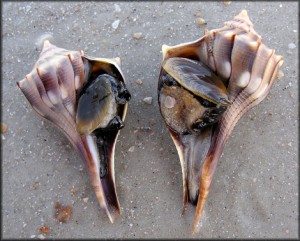 In Lee County, the shell collector’s distinctive body language is referred to either as “the Sanibel Stoop” or the Captiva Crouch.” My favourite shell, by the way, is the graceful Lightning whelk (Busycon sinistrum).
In Lee County, the shell collector’s distinctive body language is referred to either as “the Sanibel Stoop” or the Captiva Crouch.” My favourite shell, by the way, is the graceful Lightning whelk (Busycon sinistrum).
And I soon discovered that exploring Lee County was not unlike shell-collecting; it was resolving the disconnect (however temporary) that can often be a by-product of cold urban lives. So when you begin to feel an oncoming cold — or a winter of your discontent — you might want to check out Lee County.
Alive and well in Lee County
Nature and the natural environment are pretty much what Lee County is all about. The living is indeed easy but it is also bountiful. For example, there are over 300 species of birds that visit or live along the beaches of Fort Myers and Sanibel Island. Just to give you a starter’s birding list, you will see great egrets, majestic wood storks, delicate white ibis, the flamboyant roseate spoonbill, herons of all kinds, red-shouldered hawks, bald eagles, anhingas, owls, wrens, warblers, and my favourite the ubiquitous osprey whose elegance in flight is unparalleled.
What is particularly notable about Lee County is that many original habitats of protected wildlife and nature areas have been left intact. “Lush” is an understatement for this environment where you will see and learn to appreciate plants such as palmettos, the mighty mangroves, royal palms, mango trees, orchids growing wild, the aromatic and lofty cypress trees, and the largest Banyan tree in the continental U.S.
The region is one diverse, unique but fragile ecosystem. The shallow waters comprise an extensive estuary (where freshwater and saltwater meet) that is in itself a natural aquatic preserve of unique flora and fauna. And when you allow yourself to penetrate this natural world, physically and conceptually, you will quickly begin to appreciate the esthetics of the ecosystem.
As you walk along a meandering boardwalk through a dense Mangrove swamp, all your senses will seem to coalesce, and there will be little separation between you and the life forms that surround you. And if you have a knowledgeable guide, you will learn the importance of the Mangrove. These majestic trees thrive in a saltwater environment because they have the ability to take in freshwater from saltwater and secrete the excess salt through their leaves. With their far-reaching root systems they also form nurseries for many species of fish, crustaceans, and shellfish. And like the wise homo sapiens of Lee County, they are instrumental in contributing to the health of the overall coastal zone.
Just take a quick side trip to the Lee County Parks and Recreation (Natural Resources) website, and you’ll start to get an idea of what I am talking about.
You back? Good. Now let me give you a couple of vicarious travel experiences in Lee County to whet your soft adventurer/ecotourist appetite.
The Ding Darling National Wildlife Refuge
This refuge is an amazing wildlife preserve as well as being a role model for the preservation of the indigenous species of Florida. Named after Jay Norwood Darling, the well-known political cartoonist and — unbeknownst to many — an early environmentalist when the environmental movement as we know it today was only wishful thinking.
Ding Darling covers one third of Sanibel Island where real ecotourism is taken very seriously. As a major part of this barrier island, the refuge has a total area of 6354 acres and several habitat types including he estuarine mentioned above. It protects several threatened and endangered species (eastern indigo snake, American alligator, American crocodile, Atlantic loggerhead turtles, west Indian manatees, among others), and is known for its 238 species of birds, 51 species of reptiles, and 32 species of mammals.
It is also a refuge for human visitors who come from areas where “they paved Paradise and put up a parking lot.”
To visit Ding Darling click here.
Babcock Wilderness Adventures
Although a tour through this 90,000-acre ranch in a swamp buggy may initially appear a bit “structured,” it actually is sensible and a good way to see some indigenous species (especially alligators) in their natural environment. The sighting of two alligators in full mating mode — the female being pursued up onto a grassy bank — is not your average tourist experience. And the ranch is a perfect location for a visit to a serene Mangrove swamp.
To visit Babcock Wilderness Adventures, click here.
Food for thought in Lee County
When I visit a new destination, I often head to the public library to a get a sense of what is really going on in town. As I’ve always said, “When in doubt, ask a librarian.” The library on Sanibel Island did not disappoint. Here is a state-of-the-art public facility with an architecture that emphasizes the milieu in which it is located. I recommend a visit. Note the shell motif throughout. Note also the extensive collection of local history.
If, when you travel, you like to get a more integrated perspective on a destination by exploring the history of the place, Lee County is the trip for you. Layers of history (literally and figuratively) are inherent in Lee County — and often a very hands-on experience.
To visit the Sanibel Public Library, click here.
The Calusa Indians — “People of the Estuary”
Like many meaningful travel destinations in the United States, Lee County presents certain intellectual challenges by creating an awareness of the precariousness of human existence.
The Calusa Indians once inhabited this area, Sanibel in particular, and had a complex society that lived very successfully on the natural resources here. At the height of their society they controlled most of south Florida and numbered as many as 50,000. Led by their great Chief Carlos they were the first Native American tribe (in 1513) that the Spanish encountered. Today they are all gone. As has been the case elsewhere in the world, the Calusa are now extinct as a result of war, disease, and the downside of colonization of the Americas. The last members of this group disappeared in the 1700s. Today, however, they are a significant presence in Lee County from an historical and archeological point of view.
Click here to read more about the Calusa.
The Edison and Ford Winter Estates
Obviously there is something about this area of Florida that has always appealed to people of vision: writers, artists, environmentalists, and even industrialists.
I wonder how Thomas Edison and Henry Ford living side by side in Fort Myers affected property values? Edison was the first to arrive, in 1885, and then Ford — along with many other luminaries — came to stay. And then he too bought a winter residence. Both homes (14 lush and verdant acres) are listed on the National Register of Historic Homes and designated a Florida Heritage Landmark.
And that Banyan tree I mentioned? Well it was given to Edison by Harvey Firestone in 1925. Today there is a slightly spooky statue of Edison in the midst of its errant roots and branches. This and much more can be seen when you do a combined visit of the two homes and their superb gardens. In addition to light bulbs and other world-turning inventions, Edison was an autodidact botanist. Evidence of this can still be seen in the extensive tropical and subtropical gardens surrounding the homes. And thanks to Edison, Fort Myers is also known as the City of Palms; he imported and planted the hundreds of Royal Palms that line McGregor Boulevard. A visionary leaves his mark in many ways. (You can quote me.)
Want to have a really fancy wedding in a prime location? Want to cruise the Caloosahatchee River (named after the Calusa of course) in a replica of Edison’s Electric Launch Reliance? How about a botanical tour of 500 unique plants; or a tour of Edison’s working laboratory just as he left it? (For a man who invented light bulbs and held 1097 patents, the lab is very dark and gloomy. Perhaps I’m being picky.) And what about a box lunch from the Banyan Café?
“We don’t know one millionth of one per cent about anything.” — Thomas Edison
To visit the Edison and Ford Winter Estates, click here.
Really getting out and about in Lee County
The wind in your hair, the sun on your upturned face, the salt air, the gathering of dolphins dancing and cavorting in your wake; you have to do an island cruise when you come to Lee County. And so we did, from Captiva to Cabbage Key and back, followed by a stroll through funky and friendly Andy Rosse Lane (where hippy dippy has not gone totally out of style). Casual, cool, and arts-oriented; the latter is a variation on a theme — meet the locals, have lunch of dinner, and just enjoy the good times.
Cabbage Key Inn
Built (literally) on Calusa history, the Cabbage Key Inn is the kind of unique destination within a destination that you find throughout the county. The inn is built on top of one of the shell mounds left behind by the Calusa. The view from the top across Pine Island Sound is magnificent.
The inn was also the home of Mary Roberts Rinehart, one of America’s most distinctive and prolific writers, and from whose work the truism “The butler did it” is derived, in a somewhat convoluted way. The island, like so many of the small communities you encounter throughout Lee County, is unequivocal in its idiosyncrasy. The autographed one dollar bills you see fastened to the ceilings and walls (all $30,000) are real, and one of them is mine. You don’t get more genuine then Cabbage Island.
To visit Cabbage Key Inn, click here.
Sanibel by bicycle
On Sanibel no building is taller than the tallest palm tree. There are no traffic lights. There are no jet skis and no parasailing. There are no concessions. There are no billboards. There is no hype. You may not swim with the bottle-nose dolphins, nor the manatees. There are no fast food restaurants. And — are you ready for this — there is no McDonald’s. The residents voted against it.
There is however abundant wildlife, 12 miles of unobstructed beach, and the best (and flattest) bicycle paths for those who just want to go with the flow.
To find out more about bicycling on Sanibel, click here.
Delicious Lee County
You want yummy? Sophisticated, historic, and gourmet? Garish, funky,and playful? Unpretentious and honest? An ambiance that evokes the kind of sensual tropical evening that you run away from winter for?
You want it? You got it — in Lee County. Here’s a sample.
Thistle Lodge (Casa Ybel Resort)
Doc Ford’s Sanibel Rum Bar & Grille
Literary Lee County
Randy Wayne White is the author of the famous mystery novels of which the protagonist is a certain Doc Ford. Ford is a common sense kind of guy who doesn’t go looking for trouble, but it often finds him. Of course in the end he manages to sort things out — as best he can.
Like his principal character, White has the same kind of semi tough-talking style that makes for a good story, especially in his novel Sanibel Flats, which one reviewer described this way: “He describes southwestern Florida so well it’s easy to smell the salt tang in the air and feel the cool gulf breeze.”
When he writes — whether it be novels or editorials — White doesn’t mess around. He tells it like it is.
“Occasionally I meet someone, man or woman, who just seem to be straight-shooters and who have a reasonable outlook in terms of the environment and other issues. When that happens, particularly in close [political] races, then I’m happy to get involved. But I’m uncomfortable with anyone — even as small a celebrity as I — who comes out and makes political statements. I don’t know anymore about politics than the next guy. I think it’s important to be involved. I’ve traveled enough around the world to know that our Republic is hugely valuable. Whatever issues, whatever side you’re on, it’s very important to be involved.”
To spend some time with Doc … I mean Randy Wayne White … click here.
The quiet purposefulness of Lee County
“Nature does nothing in vain.” — Aristotle
In Lee County you can always have a good time, but you do not need to live (however temporary) an aimless existence. Every shell you admire will not be a random act; it is not in the nature of the place to encourage such a frivolous mindset.
For more information:
Also recommended are:
and its
“Downtowns & Small Towns” webpage.
A Footnote:
This news comes from Lee Rose, Communications Manager of the Lee County Visitor & Convention Bureau.
For the second year, Condé Nast Traveler magazine’s 2005 Readers’ Choice Awards have acknowledged Sanibel and Captiva islands as among the “destinations approaching perfection.” They earned spots on the Top-10 North America Islands list: Sanibel Island ranked fourth, while Captiva Island came in at No. 6, both higher standings than in last year’s survey.
Also, one of the newest airport terminals in the U.S., Southwest Florida International Airport, makes it a breeze for you to get to Lee County.
The $438-million building project includes a new 798,000-square-foot terminal, taxiway and related roadways. For Canadian Snowbirds, non-stop service from Toronto is available from Air Canada and WestJet, while Air Canada provides non-stop service from Montreal.
For further details, see www.FortMyersSanibel.com.
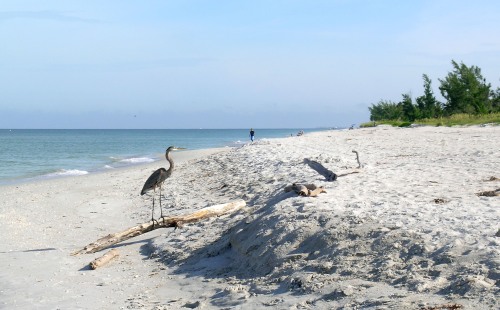


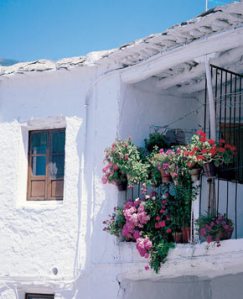


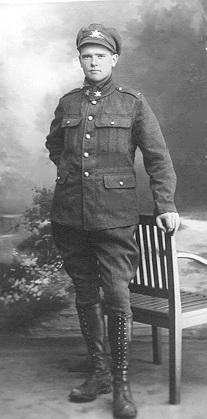
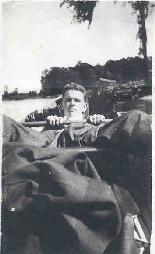

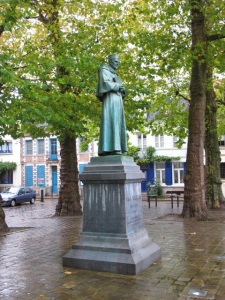
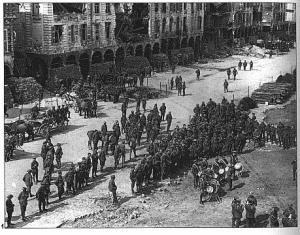
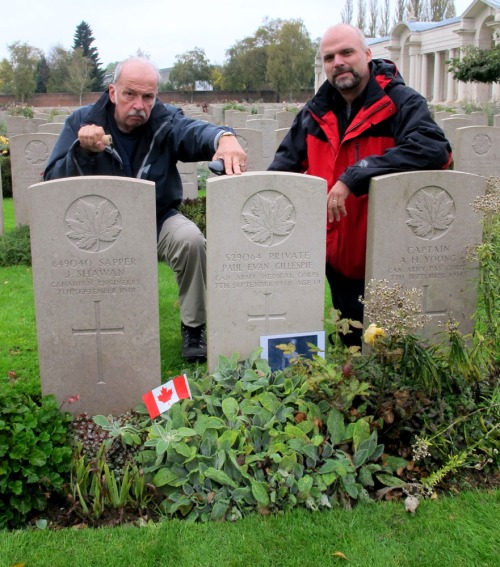
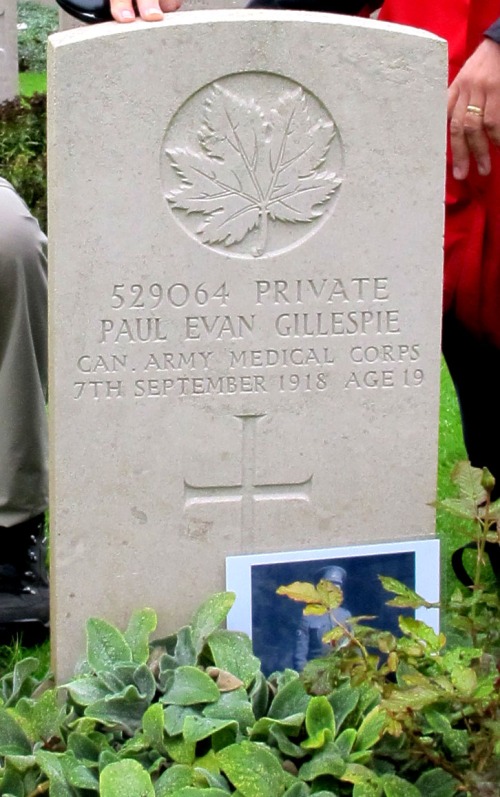
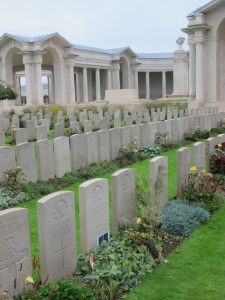
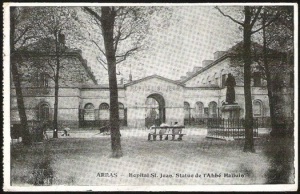

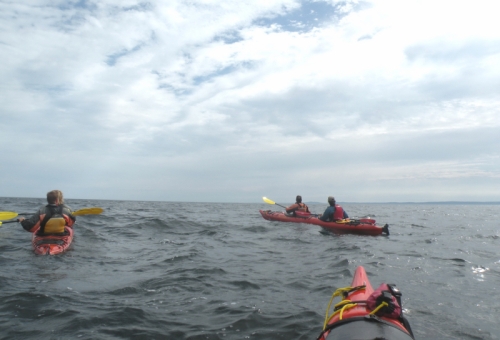
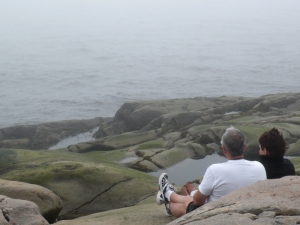
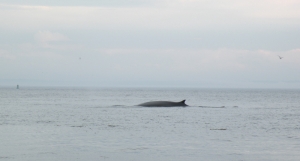
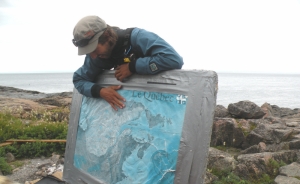
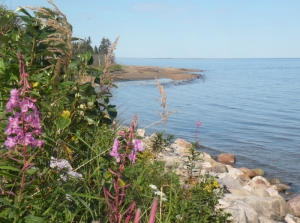
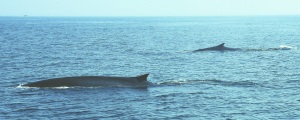
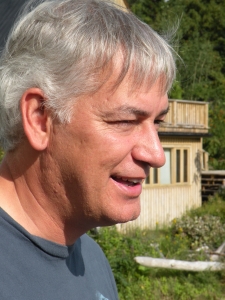


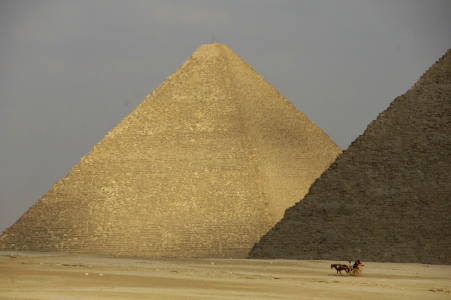

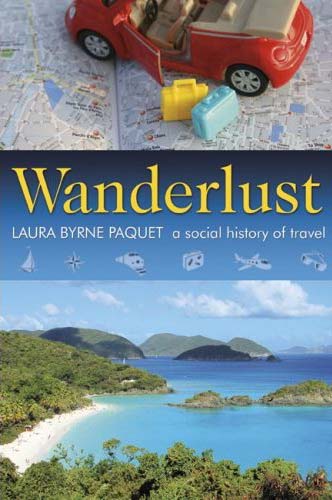

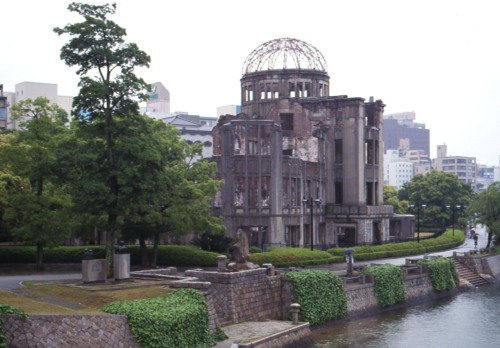
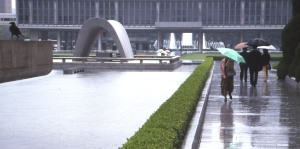
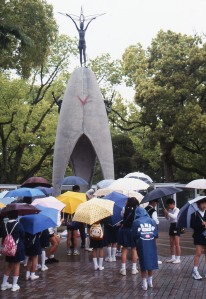
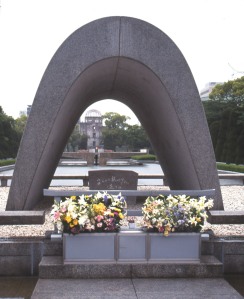
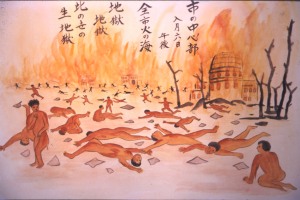
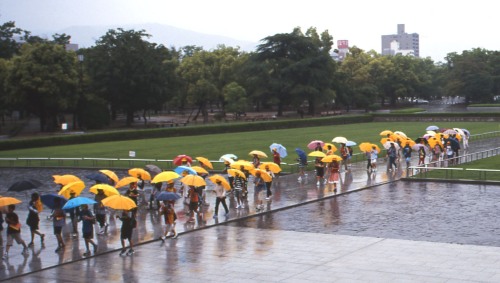
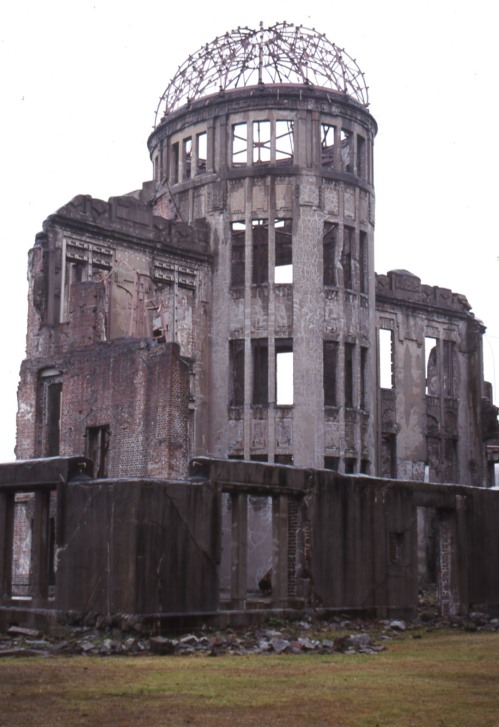
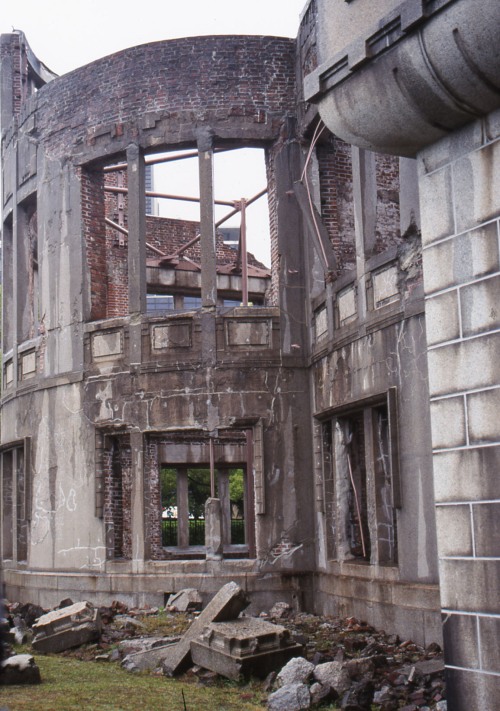
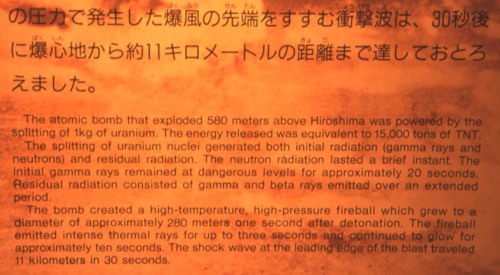
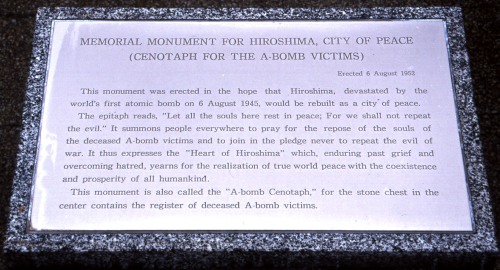
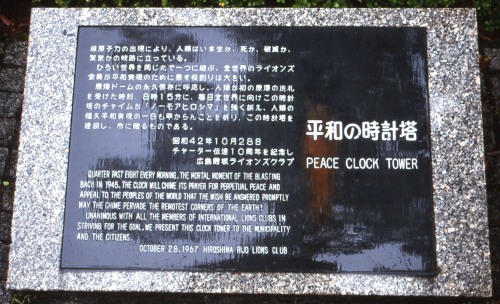
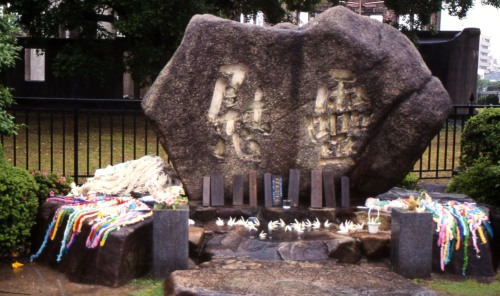
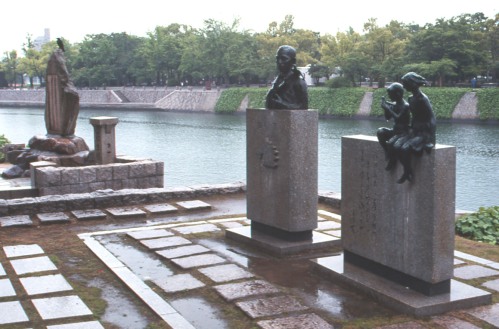
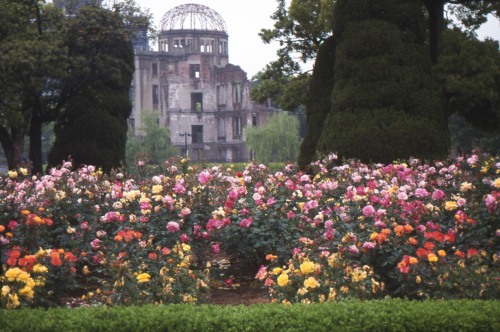
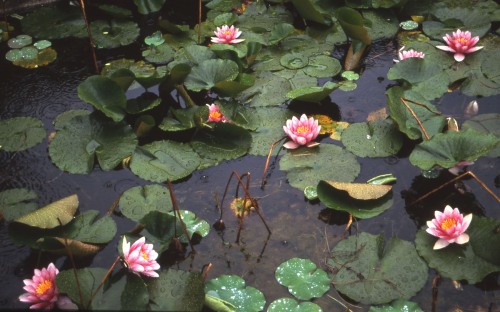
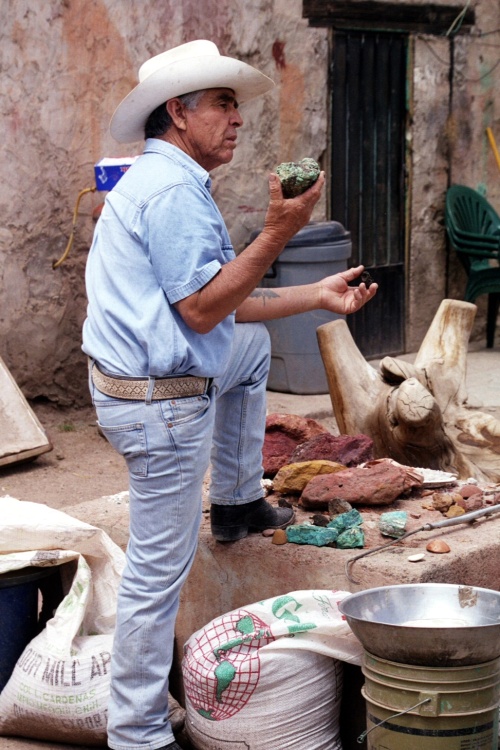
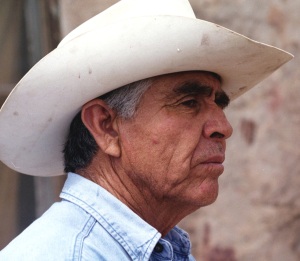
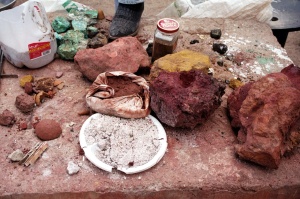
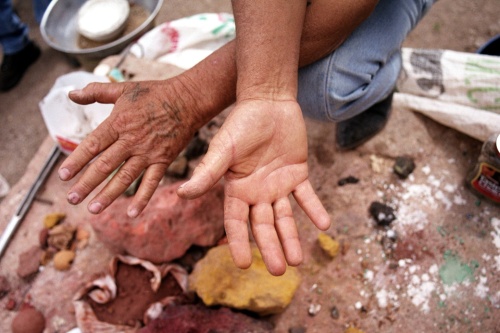
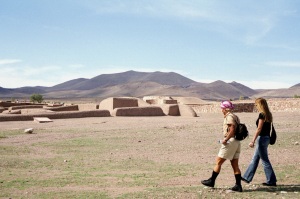
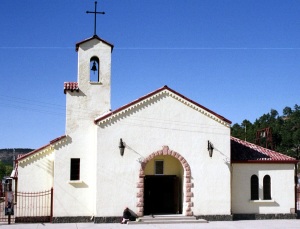
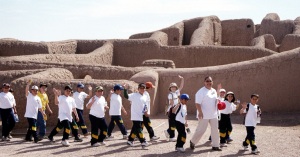
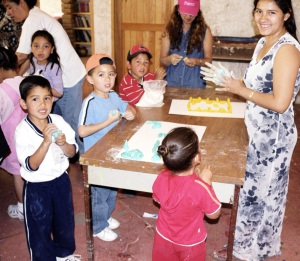
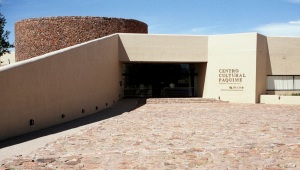
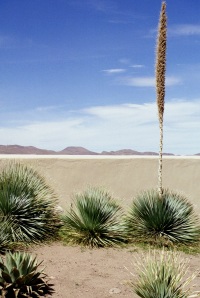
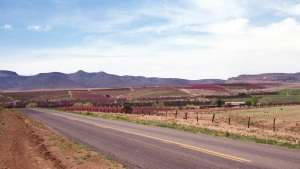
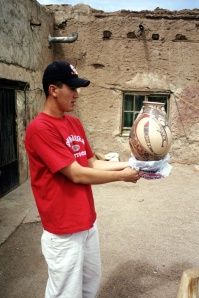
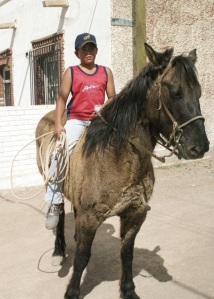
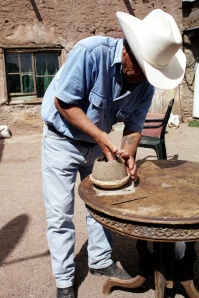
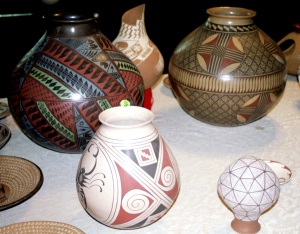
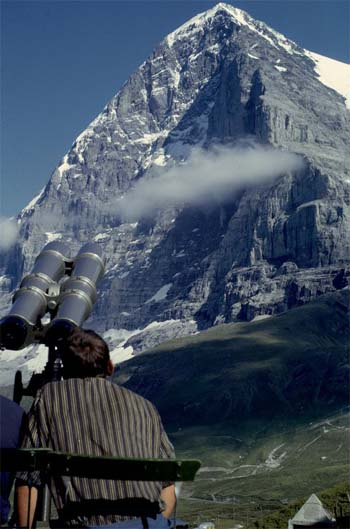

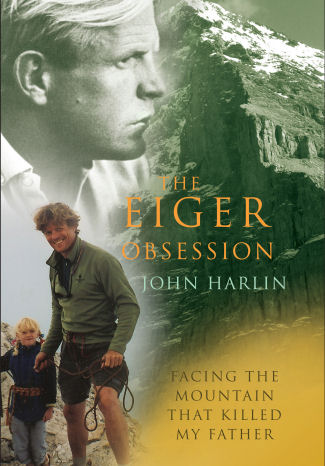
Recent Comments